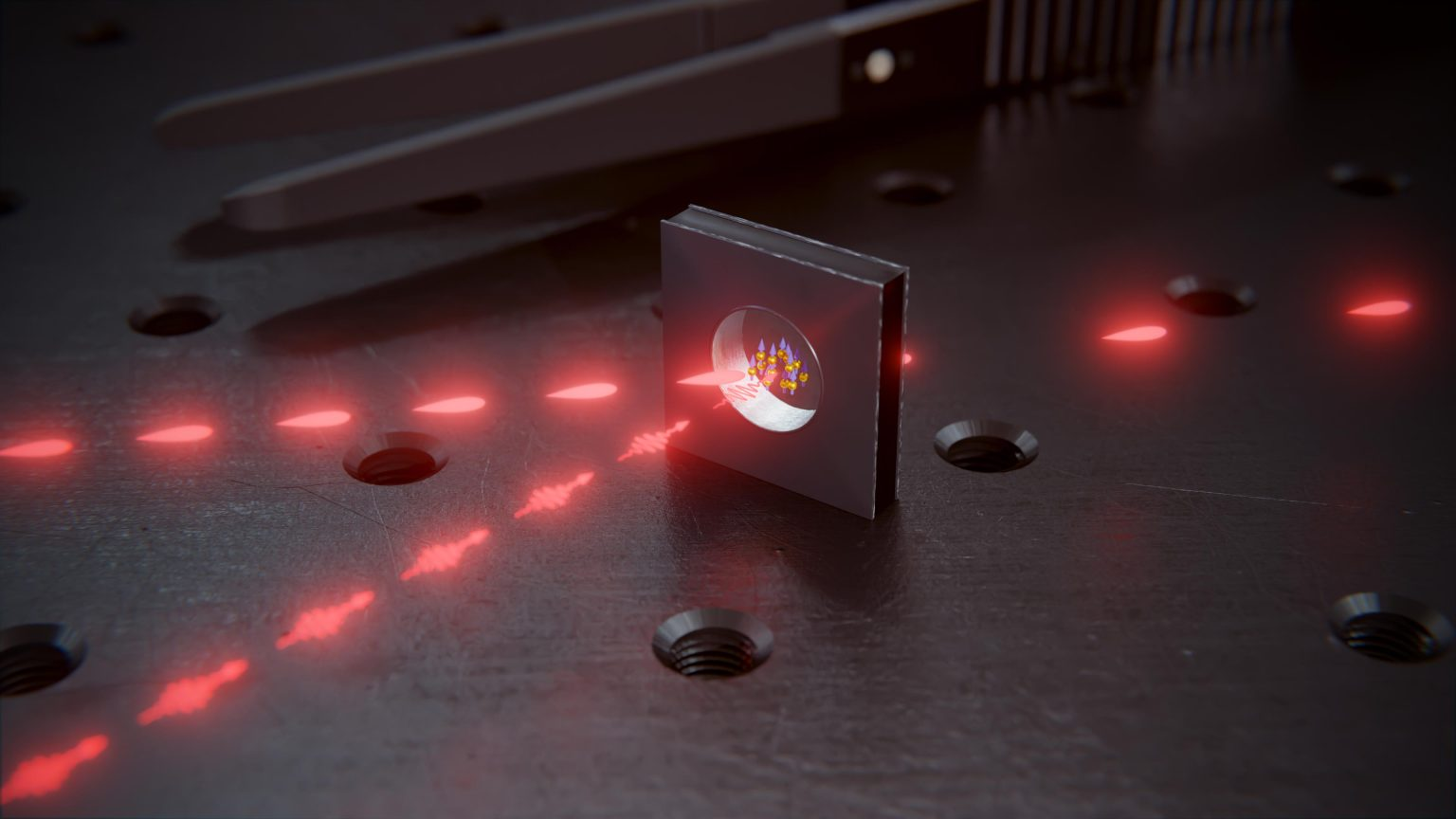Researchers found a new superconductor with an on/off switch.
"A team of physicists has discovered a new superconducting material with unique tunability for external stimuli, promising advancements in energy-efficient computing and quantum technology. This breakthrough, achieved through advanced research techniques, enables unprecedented control over superconducting properties, potentially revolutionizing large-scale industrial applications." (ScitechDaily.com/Scientists Discover Groundbreaking Superconductor With On-Off Switches)
The new superconductor that can change its state from superconductor to material with resistance and backward has many applications. And one of those things is the switch that allows the transfer of information into the nano-size microchips and quantum computers. The superconducting materials play a vital role in the solid-state qubits.
Quantum computers are the only thing that requires these types of superconductors that can switch their state. The nanotechnical microprocessors are a new tool that can be as great advancement as quantum computers.
Nano-size microprocessors can used to make brains into nanorobots. And maybe in future nanotechnical microchips will supplant the solid microchips. In nanotechnical processors are multiple independent microchips. Those microchips can form virtual quantum computers. In that kind of AI-controlled system, microchips are in lines. Then the AI shares information with those data-handling lines. And when information travels through those lines the AI reconnects it by using marks that the system puts in those data bites.
"Light pulses can be stored and retrieved in the glass cell, which is filled with rubidium atoms and is only a few millimeters in size. Credit: © University of Basel, Department of Physics/Scixel" (ScitechDaily.com/Micro Marvels: Researchers Shrink Quantum Memory for Mass Production)
The system uses a similar sliding window with the TCP/IP. And then every data bite is numbered. The system cuts data in pieces and then numbers can go like this. "Data bite is the third bite that system sent to line four". So the data bite will get number 3/4. Then the AI just puts those bites back in order, when the operation is done.
The key element in the quantum computer is quantum memory, which changes binary information into qubits. And the first mass-produced quantum memories are coming. That means the quantum calculation systems will turn more common faster than we thought.
One of those objects are new type of mass memory. The system can drive data to superconducting mass memory in the form of electricity. Then the system can lock information in that mass memory. The superconducting mass memory can be an electric wire circle where information travels without resistance.
In a superconductor, there is no resistance. That means resistance will not break information. Theoretically, information can travel in that mass memory until the temperature rises, and the resistance destroys information. The ability to change the state between resistance and superconducting makes it possible for this new material can form the gate.
That allows information to travel through it. And when information traveled through that gate. The system closes it by turning another part of the wire back to resistance. That allows to creation switch that can control information that travels into the new types of nanotechnical microchips.
https://scitechdaily.com/scientists-discover-groundbreaking-superconductor-with-on-off-switches/
https://scitechdaily.com/micro-marvels-researchers-shrink-quantum-memory-for-mass-production/
https://learningmachines9.wordpress.com/2024/01/22/researchers-found-a-new-superconductor-with-an-on-off-switch/






No comments:
Post a Comment
Note: Only a member of this blog may post a comment.